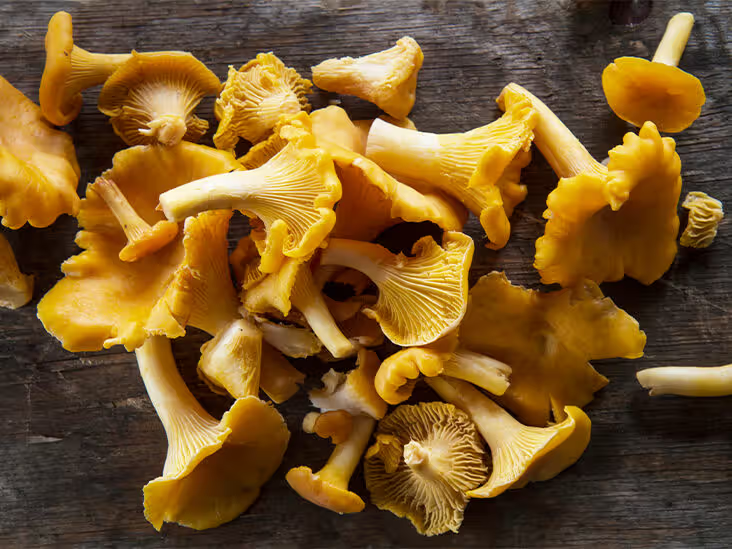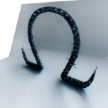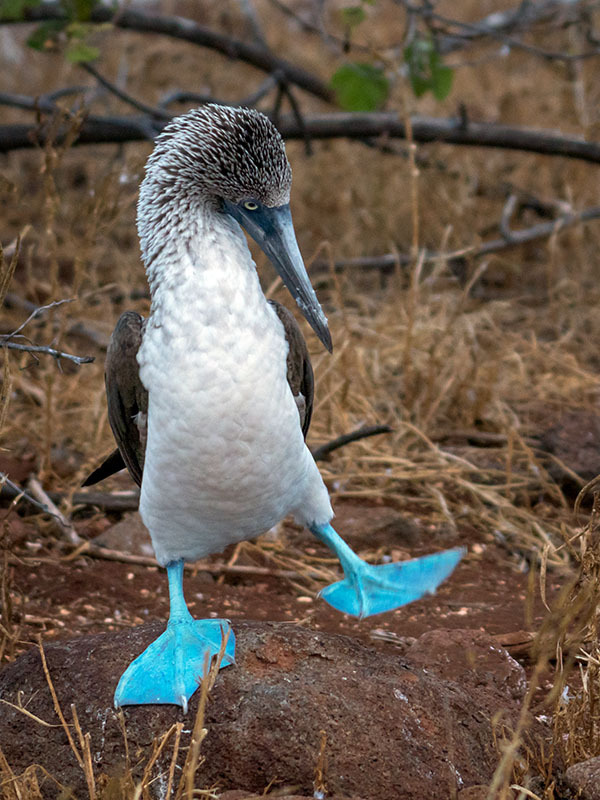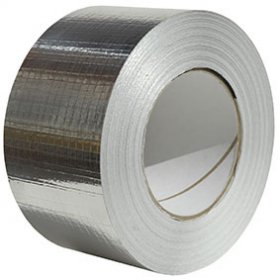Looking over the wikipedia page on this mushroom and all the similar, very edible ones…Yeah I’m never foraging mushrooms.
Yeah, I carefully read the description of its distinguishing features, studied the photo, and concluded I have no idea what I’m looking at and how to tell them apart.
I’m really good at spotting differences or inconsistencies, I’m totally lost with mushrooms though, and I go multiple times every Autumn with a woman in her 70’s. She is very clear about what we are looking for. She throws out at least half of what I gather.
She does that cause she’s jealous of how many you pick
Cool, I think you just saved me a bit of time.

with a woman in her 70’s
Do these conditions have anything to do with a person’s ability to identify mushrooms
Very likely. Experience is a thing
Also, women tend to have better natural color distinction, they more prominently have a genetic mutation that adds a 4th color cone.
Additionally men are significantly more likely to have some form of colorblindness.
Age also can have an effect on your perception of the world as well as the objective quality of your vision.
Finally, describing the subject of the sentence is normal.
I didn’t know most of that, cool
If she’s that old and likes to forage there’s only so many bad mushrooms you can eat
If someone goes mushroom gathering multiple times a year, getting to live until 70 speaks volumes about her ability.
Well, she’s not dead yet so that’s a good sign.
Simple, just eat it and see.
If you’re dead, it’s poisonous.
If you are alive, you haven’t eaten enough.
Mushroom foraging can be safe, but the rules are:
-
Always learn from a local guide first. It’s not transferable to other regions. Which makes books a bad way to do it, and the internet a horrible way.
-
You don’t rule out dangerous mushrooms, you identify a specific edible mushroom.
-
Never trust a little white mushroom.
-
chanterelles are pretty safe to forage if they grow near you.
they are very distinct looking.

Is the main visual difference just the stem or whatever it’s called being much longer?
IIRC, the only definitive way to ID mushrooms is by making a spore print - and even then you need to know what you’re doing.
Just doesn’t seem worth the risk to me.
nah it’s generally fairly easy to ID mushrooms, the problem is just that if you miss a feature and mistake it for another, you’ll fucking liquidize from the inside out.
This is the same reason that you never touch something that looks like a carrot plant in the wild, because it could be that one plant that kills you 3 times over.
I agree that it’s generally not worth the risk though, hence why those who pick mushrooms (which is pretty standard to do here in the nordics) stick to like 5 species who have no dangerous lookalikes and actually taste good and are easy to find.
Here in sweden 90% of what people pick is chanterelles or boletes, whose entire families look effectively the same and at worst simply don’t taste good. Boletes have ONE slightly toxic species in sweden, and it’s bright red and only grows on one island in the baltic sea.
This is untrue. Spore print can be useful for some very similar species or when you are first learning but I’ve been picking and eating wild mushrooms for about 15 years now and I basically never do a spore print anymore. Once you learn it’s pretty unnecessary. The ones I pick are easy to ID anyway. Most people can learn to identify them fairly quickly with some instruction though I have noticed that some people lack the attention to detail to be good at it.
Perhaps I should have said ‘categorically’ instead of ‘definitively’, but they are synonyms so…
I’m not sure I understand the distinction you are making here but I wouldn’t say it’s the only way to categorically identify mushrooms either. It is one tool among many, and one that is typically used with unfamiliar mushrooms, not those that a person is already familiar with.
Basically if you are not sure what you have it can help narrow down the possibilities. But typically if you are picking mushrooms to eat you are (or should be) already certain of what you have. I can’t think of a single scenario where spore prints would be the easiest way to distinguish similar edible and poisonous mushrooms. There are many other features that are more readily examined and spore prints are mainly for separating more distinct types of mushrooms from one another anyway.
I’m UK based so not hugely familiar with US mushrooms, but I seem to recall a spore print being useful for checking for false parasol? Though it’s not the most obvious (e.g. snakeskin markings for distinguishing from parasol).
Btw I totally agree with your general point (I never use them, except to produce pretty spore prints for friends).
There are old mushroom foragers and then there are bold ones. There are no bold, old mushroom foragers.
There are no bold, old mushroom foragers
Sure there are, they just have to not eat what they picked up.
Source: friend’s mom once gave food poisoning to the whole family by serving them an omelet made with mushrooms she found, but didn’t eat it herself. Fortunately it was merely mushrooms of the “fucks up your stomach” variety.
“Once” has no effect on my statement. There are no Bold, Old mushroom foragers.
In his story, his friend’s mother boldly picked mushrooms from her backyard, cooked them into an omelet for the family, but DID NOT EAT the omelet herself.
Nothing would stop her from growing old while continuing this pattern of bold collecting, although a stint in prison might make for an earlier retirement than expected from the foraging scene.
Is L*mmy more pedantic than r*ddit? Is L*mmy literally H*tler? You decide.
What
Something about Lommy and Raddit or something, idk, ask Hutler.
Man, I’m just trying to figure out why they’re sensoring Lemmy, Reddit, and Hitler all in the same post, and only those three.
One of these things is not like the others 🎶
One of these things is not like the others
Ya, Reddit is the fucking worst.
Looks like a destroying angel (e.g. Amanita virosa) to me. This and the death cap together account for the vast majority of mushroom poisonings in the world. Cooking it will not destroy the toxins, nor will acid. Symptoms tend to appear 5-24 hours after eating, too late to pump the stomach. Half a mushroom can be enough to kill you.
I don’t recommend going out to pick mushrooms unless you know what you’re doing. If you do, stay away from the white ones. You can still get terrible stomach cramps and diarrhea from other colors of mushrooms, but the white ones have the most dangerous species.
Easiest way to avoid problems I’ve heard is to never pick any mushroom with ribbed underside. If the underside looks like a sponge, it’s usually safe to eat. At least where I’m from.
Might be valid advice for some regions, I don’t know. But mushrooms tend to vary quite a bit in appearance. Sometimes ribbed species don’t have very visible ribs, or younger mushrooms don’t quite have all the characteristics of their mature form. If you really want to get into picking mushrooms, there’s often local groups you can join with a resident expert who can tell you which ones are safe.
My fucked up brain goes like, “woah, I wonder what death tastes like.”
Technically it’s still edible
Once.
They said you die one or two days after eating. You could definitely eat more than once in that time.
I love fungi facts.












